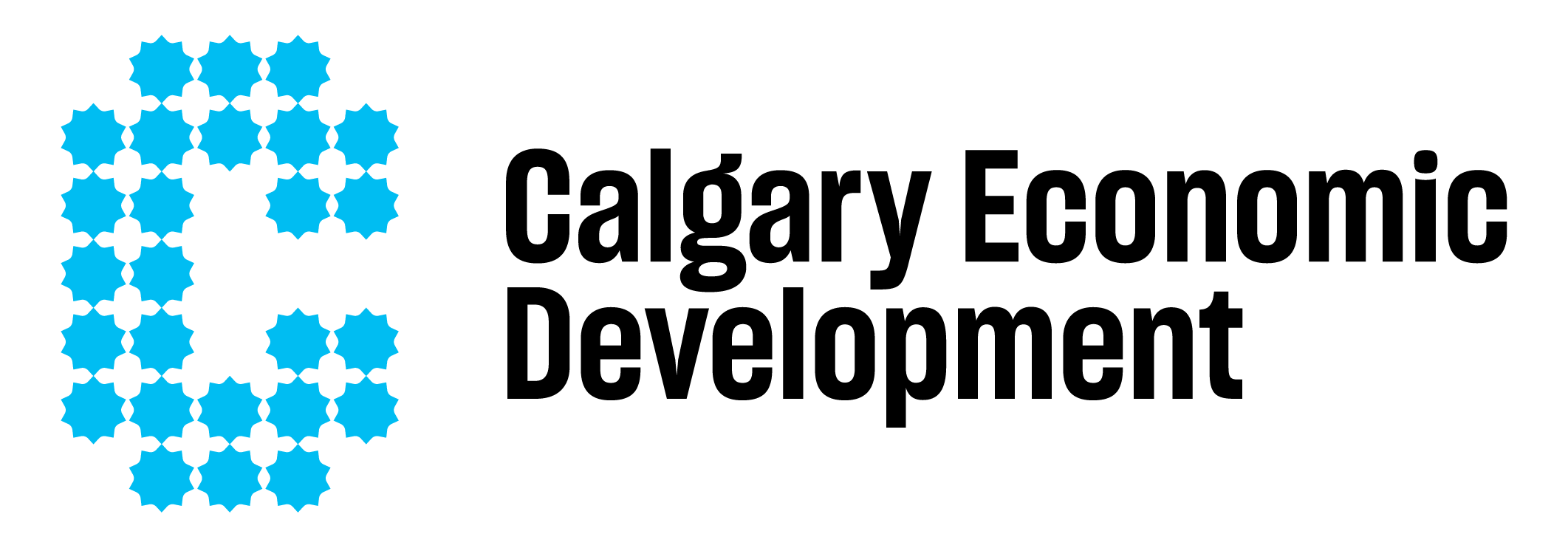As Canada’s fourth-largest filming jurisdiction, Calgary is home to award-winning talent and crews, with access to world-renowned locations and a purpose-built film studio that is fully booked into 2022. In response to the growing demand for production, the Calgary Film Commission introduced its Environmental, Social and Governance (ESG) Strategy for Film and Television, which won the prestigious Alex Metcalfe Award (Best in Show) at the Economic Developers Alberta annual conference, EDA Xperience 2022.
The ESG strategy is partnership-driven and ensures commitment to reducing environmental impact and increasing Equity, Diversity and Inclusion (EDI) metrics in front of and behind the camera with three focus areas: regional environmental sustainability, provincial film and television industry workforce talent acceleration and job growth, and a civic focus making Calgary as a film-friendly city.
It, along with the growth of the local creative industries sector, aligns with the goals of the economic strategy, Calgary in the New Economy – a path toward economic diversification and an economy that is inclusive and accessible for everyone.
“We’re building a bit of a pipeline that’s quite robust right now of people who are interested. We’ve got global attention. People are looking at Calgary,” said Erin O’Connor, Business Development Manager & Programming at the Calgary Film Centre, in a recent interview with Avenue Magazine.
Together with project partners Alberta Film and the Edmonton Screen Industries Office (ESIO), the first focus area of the ESG strategy saw the launch of the Alberta Sustainable Production Guide, which provides resources, service-providers and carbon emission calculators for eco-friendly and sustainable content production.
As part of the second focus area, the Calgary Film Commission together with partners Alberta Film, ESIO and industry stakeholders continue to develop a strategy and program implementation to train a skilled, talented and diverse workforce for the future. Informed by the skills mapping data from the Labour Market Survey, programs will be designed for accessibility by developing skills gap training, re-training and re-patriation programs for film and television with an EDI lens. This, together with the Alberta Producer Accelerator Program will address industry talent acceleration and job growth for the province.
The third focus area brought the Calgary Film Commission to partner with the City of Calgary to become the one-window access point for timely and efficient delivery of film permits through 45 City of Calgary departments.
The economic impact of film and television production in the Calgary area soared to a record $522 million in 2021 as the industry rebounded and improvements to the Government of Alberta’s Film and Television Tax Credit a year earlier began to be realized.
“With the removal of the cap, what it did was tell the world — and specifically major studios — that Alberta was open for business,” said Luke Azevedo, Vice President Creative Industries, Operations and Film Commissioner, Calgary Economic Development.
With productions including Ghostbusters: Afterlife, Fraggle Rock: Back to the Rock and HBO’s The Last of Us shot in Calgary capturing global attention, industry spending rebounded sharply and the number of jobs created in the sector increased from 1,649 the previous year to 4,985 in 2021. The surge in activity also led to more than 450,000 square feet of commercial and industrial space being converted into studio space.
The Calgary Film Commission’s lead in the ESG strategy also won the EDA’s Large Community Category Award for Implementation of ESG Priorities in an Economic Development Project.
For more information on Calgary’s Creative Industries sector, including film and television, digital media, interactive technologies, gaming, e-sports, and animation/VFX sectors, visit our industry profile. To learn more about Calgary’s economic strategy, visit Calgary in the New Economy.

